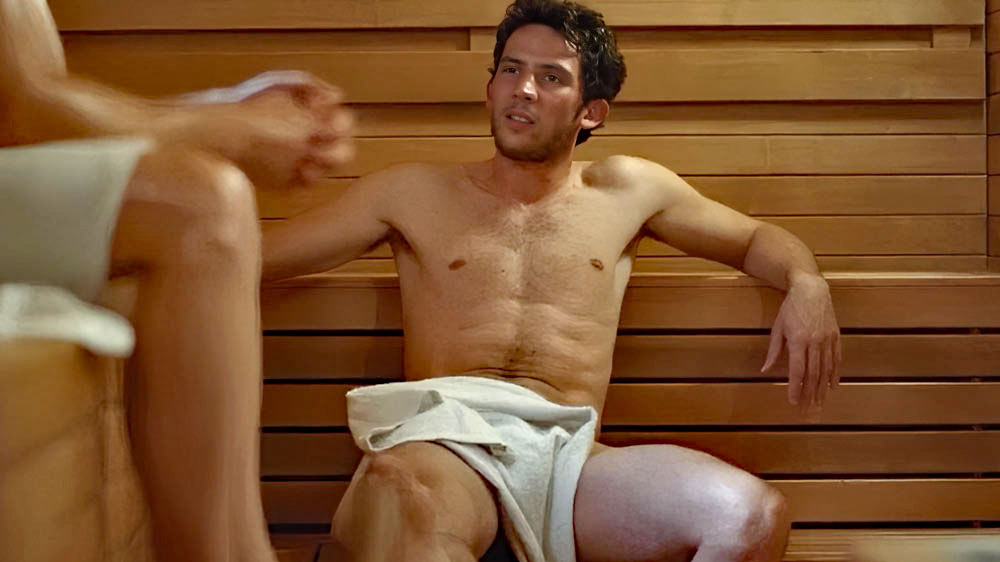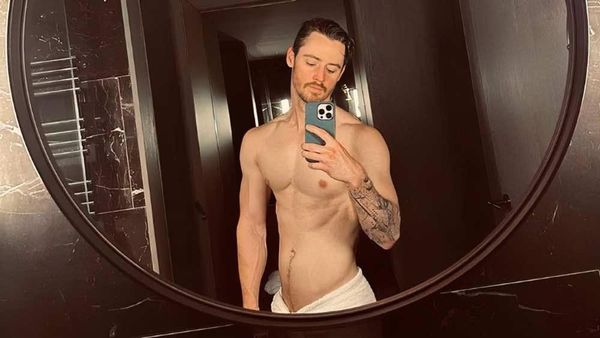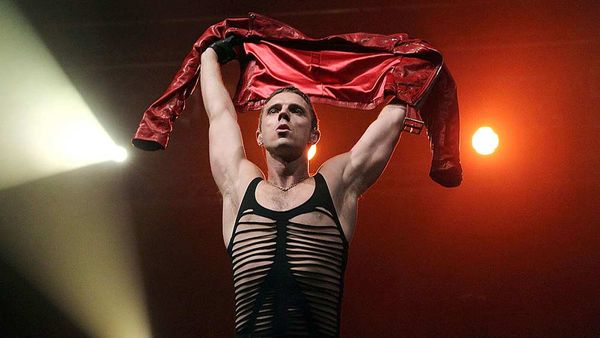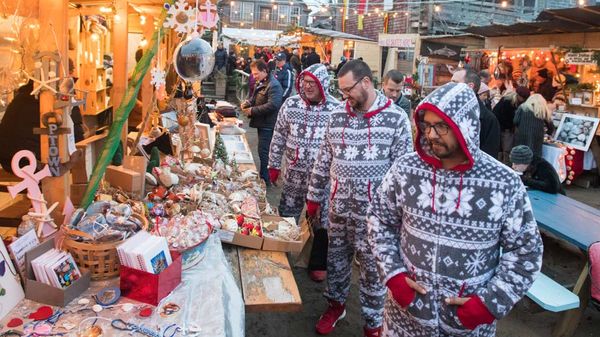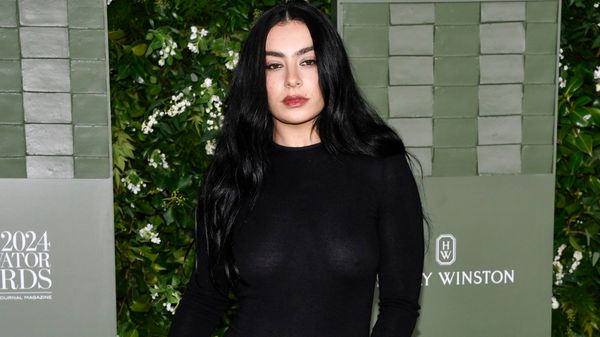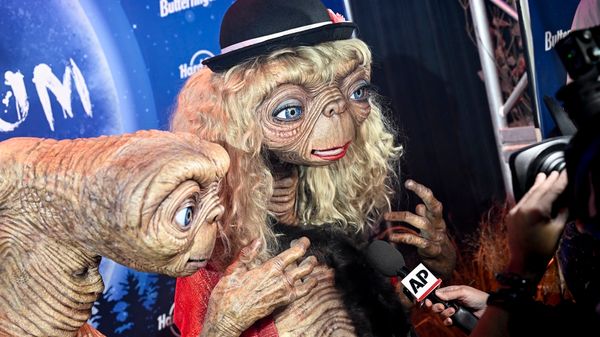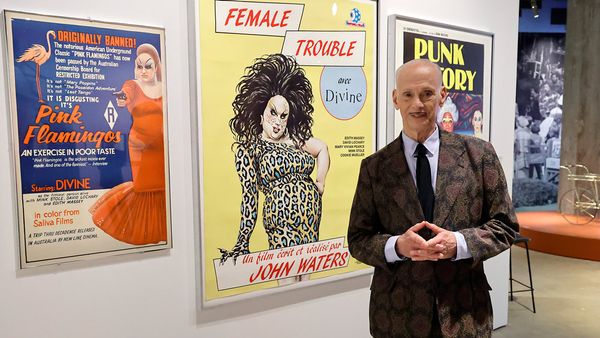
April 30, 2017
Present Tense
Sura Wood READ TIME: 4 MIN.
Pier 24, the quietly spectacular waterfront cathedral for photography, remains the most serene and unique venue for the medium in the city. The space is immense - you'll need the map provided to navigate the 17 high-ceilinged, expansive galleries - and its shows, which are largely, though not exclusively, designed to showcase the Pilara Foundation's extensive, ever-growing holdings, usually adopt a broad framework to accommodate an abundance of material substantially greater than that found in an average museum retrospective.
This applies to their latest exhibition, "The Grain of the Present," which includes works surveying everyday existence by 10 distinctive photographers who form the backbone of the collection: Robert Adams, Diane Arbus, Lewis Baltz, Stephen Shore, Nicholas Nixon, Henry Wessel, Bernd and Hilla Becher, Garry Winogrand and Lee Friedlander. In keeping with the Foundation's purist philosophy, no titles, attribution or context accompany images within the exhibition, but a printed guide, available on request, offers the information to interested parties. So, with nearly 500 photographs to explore, what's a visitor - or a critic, for that matter - to do? Most of the galleries are devoted to individual artists, and wandering wherever curiosity leads you is the best course. The following is a recap, by no means comprehensive, of works I gravitated toward during a recent visit.
Next to the reception desk is an engrossing family portrait of sorts. Featuring the 10 major photographers, who were a loose-knit community, it consists of images they shot of themselves and each other. There's Arbus, partially clothed and very pregnant in a brazen self-portrait, taken in 1945, and Garry Winogrand, sitting on a lounge chair smoking, turning his head in an unguarded moment toward Friedlander's camera. Friedlander, whose 1965 self-portrait reveals a hairy-chested, somewhat degenerate specimen, also photographed Arbus with her daughter Amy, who smiles widely, while her distracted mother strokes her child's hair in 1963. She would kill herself eight years later.
It was Friedlander, a man not known for effusiveness, who observed that the prolific Winogrand had no equal. All 85 black & white "girl-watching" pictures from Winogrand's "Women Are Beautiful" portfolio are on view, stacked one above the other in a three-sided display. They chronicle women on the move, from the 1950s-70s, marching toward feminism whether they knew it or not. We see them chatting, laughing, protesting in the park, toting their babies, attending galas, or crossing the street, their pointy breasts jutting forth from clingy tops, etc.
Henry Wessel calls his "Odd Photos," which were produced over a 30-year period, "a series of one-liners, little gifts from the world, hidden in chaos." They're united by quirkiness, the artist's astute compositions and a streak of mischievous humor, especially evident in his pictures of animals: a dynamic doggie duo sitting next to each other, panting in unison in front of a metal fence ("Pico & Tasha," 1987); a perturbed bull, poised on the side of desert road with his quarry squarely in his cross-hairs, pondering his next move ("Nevada," 1986); and a potted cactus positioned in front of a white projection screen, ready for its close-up ("Valentine's Day," 1976).
Alec Soth, "Jennifer and Terrell" (2005), from The Grain of the Present, Pier 24 Photography, San Francisco. Photo: Courtesy Pier 24 Photography, San Francisco
But the most exciting feature of this show is its discoveries, and those belong to a field of six younger artists, half of them women, who are certainly well-acquainted with the work of the old guard. Two chose to investigate dying Rust Belt cities in Pennsylvania, Trump country, where they're from. Ed Panar went back to Pittsburgh and photographed houses in disrepair and dilapidated buildings like the edifice in rubble on a dead downtown street that, if you didn't know better, you'd think were located in a war zone. ("June 2005, Swank Building").
LaToya Ruby Frazier returned to her hometown of Braddock for one of the most stirring, emotionally complex bodies of work here. Over a 13-year period she documented its decline in telling, poignant detail, sometimes inserting her self-portrait into the mix. The facade of the partially demolished "Home on Braddock Avenue" (2007), a victim of the wrecking ball, is in ruins; a once-impressive two-story brick residence is ensconced in ivy, the grounds overgrown due to neglect ("Home on Sixth St. & Washington Ave.," 2009), while in another image, ivy-covered medieval arches rise above a mound of tangled vines that have invaded a once-grand garden that now invites comparisons to a conquered kingdom in "Game of Thrones." The deterioration of the built environment is linked, though not overtly, with Frazier's failing grandparents. Grandma Ruby's worn recliner sits empty, debris strewn on the floor around it. She appears frail, vacant and frightened tucked under a blanket; a smaller photograph of her slender wrists and wrinkled, still-elegant hands hangs below. Frazier's feisty grandpa on the edge of his bed, a walker in easy reach, is presumably in a rest home. Think again; on the wall is a saucy portrait of a bodacious, blond-wigged pinup busting out of her scanty leopard-print costume; a photograph of his gnarled, swollen feet is shown nearby. In other pictures, Frazier is seen stalking their deserted house, paint peeling off its walls, her face blurred like a ghost's.
Working with no preconceived plan and without an agenda, Eamonn Doyle photographed the elderly pensioners of his Dublin neighborhood for his series i (2013). Shot at close range and odd angles, usually from slightly above and behind at a respectful distance, some of his subjects, their creaky bodies brittle with age, take a load of their feet, like the hunched-over, gray-haired fellow grabbing a smoke, perhaps the greatest pleasure of his day, while stuffing a pack of cigarettes into the breast pocket of his tattered suit. Elsewhere, a tidy lady in a bright-yellow, belted coat strolls away in a halo of morning light. "Every life has weight and drama," Doyle writes. "Even if its meaning is ultimately elusive."
Through Jan. 31, 2018. Admission is free and by appointment; two-hour windows can be booked online. pier24.org
